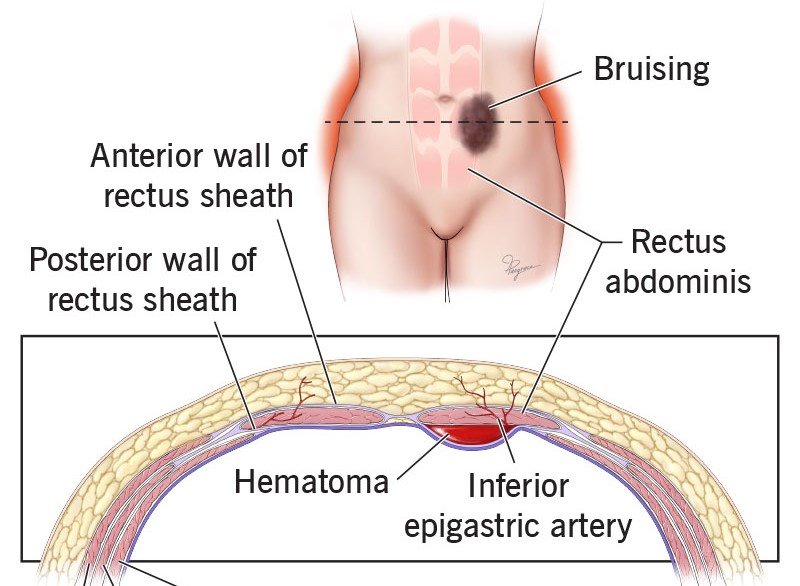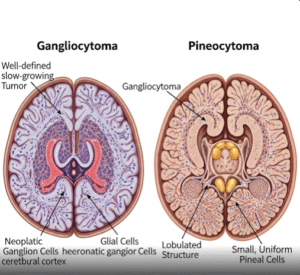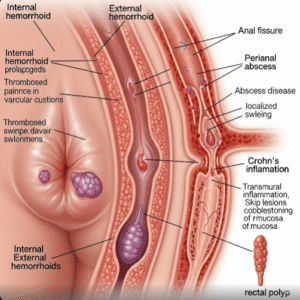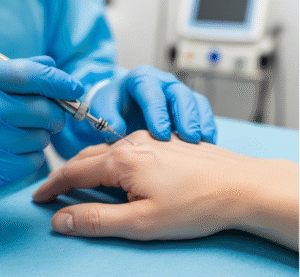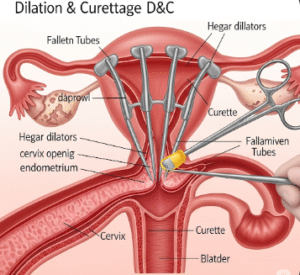Overview
Rectus sheath hematoma is a localized collection of blood within the sheath of the rectus abdominis muscle, usually caused by trauma or anticoagulation therapy. It presents as acute abdominal pain and a palpable mass. In Korea, prompt diagnosis and management by emergency physicians and surgeons help prevent complications and ensure recovery.
What is Rectus Sheath Hematoma?
Rectus sheath hematoma occurs when blood accumulates between the layers of the rectus abdominis muscle sheath due to injury of the epigastric vessels or muscle tear. It can mimic other causes of acute abdomen, making accurate diagnosis essential.
Symptoms
- Sudden onset of localized abdominal pain
- Palpable, tender abdominal mass
- Bruising or discoloration of the abdominal wall (Cullen’s sign or Grey Turner’s sign)
- Abdominal wall swelling
- Possible drop in blood pressure in severe cases
Causes
- Trauma or blunt injury to the abdomen
- Anticoagulant or antiplatelet medication use
- Straining or intense coughing
- Surgical procedures involving the abdominal wall
- Spontaneous bleeding in patients with bleeding disorders
Risk Factors
- Use of blood thinners (warfarin, heparin)
- Elderly age
- Chronic coughing or heavy lifting
- Coagulation disorders
- Recent abdominal surgery
Complications
- Hypovolemic shock from significant bleeding
- Infection or abscess formation within the hematoma
- Prolonged pain and limited mobility
Prevention
- Careful monitoring and dose adjustment of anticoagulant therapy
- Avoidance of excessive strain or trauma to the abdomen
- Prompt treatment of coughing or respiratory illnesses
- Early evaluation of abdominal pain in at-risk patients
Treatment Options in Korea
Diagnosis
Diagnosis is based on clinical examination, supported by imaging studies such as ultrasound or CT scans to confirm hematoma size and extent.
Medical Treatments
- Rest and pain management
- Adjustment or temporary cessation of anticoagulant therapy
- Compression and cold therapy in early stages
- Blood transfusion if significant bleeding occurs
Surgical or Advanced Therapies
- Rarely needed unless hematoma is expanding or causing compartment syndrome
- Surgical evacuation or embolization of bleeding vessels in severe cases
Rehabilitation and Support
- Gradual return to activity with monitoring
- Physical therapy if mobility is affected
- Patient education on anticoagulation safety

